Great Barrier Reef: Government reports back to World Heritage Committee
A new government strategy to protect and restore the wetland areas of the Reef will drop today – highlighting slow progress in one area in particular.
Water quality improvement measures, tough new fishing restrictions and unusual experiments in “cloud brightening” and “coral IVF” are all helping preserve the Great Barrier Reef, the federal government has reported.
Last June the World Heritage Committee chose not to list the Reef as “in danger,” but requested Australia provide an update on its preservation measures by February 1.
In its report, the government said it had invested a record $1.2 billion in the Reef, while the Queensland government had invested more than $1 billion since 2015.
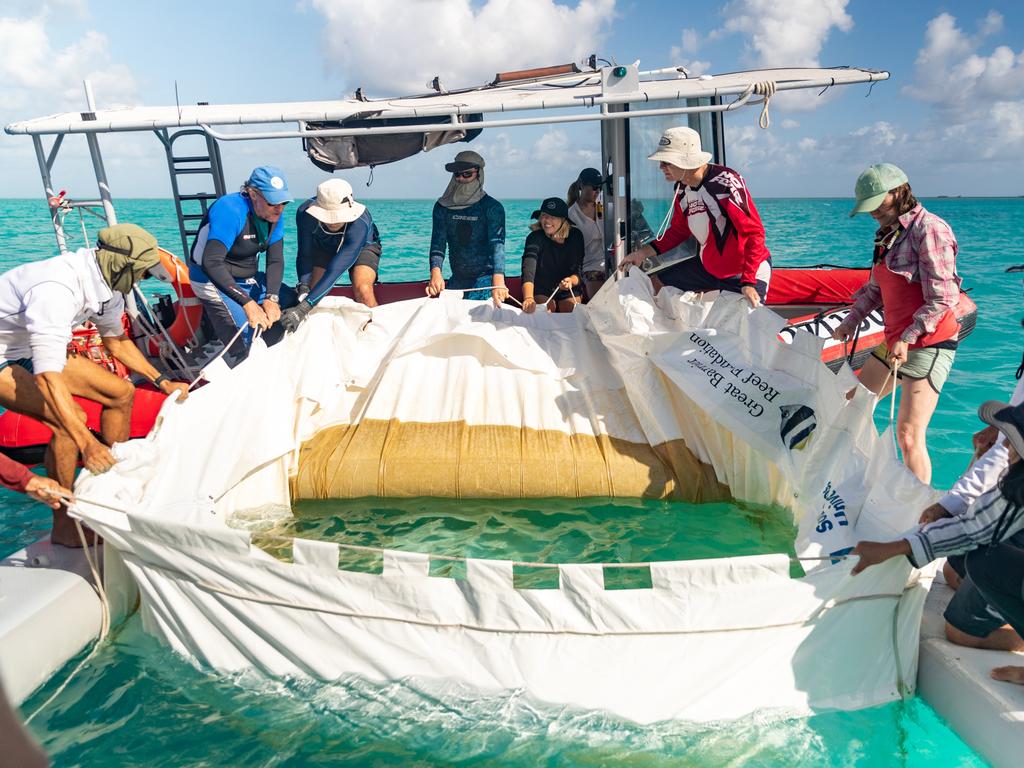
The Great Barrier Reef is “the best managed reef in the world” and the progress report showed “the significant action we are taking to protect this important natural wonder,” said Senator Nita Green, the government’s Special Envoy for the Reef.
Environment Minister Tanya Plibersek will on Friday unveil a new strategy to protect and restore the wetland areas of the Reef, which she said had decreased by over 50 per cent since European settlement.
Water quality improvements are a big focus in the government’s report, after the Committee noted “serious concern” in the slow progress in achieving targets in this area.
The government had mapped all priority areas of sediment run-off and was repairing and restoring gullies where land from grazing was ending up in the sea, the report stated.
Some 140,000 tonnes of sediment and 550,000kg dissolved inorganic nitrogen have already been prevented from entering the Reef over the past decade, the report added.
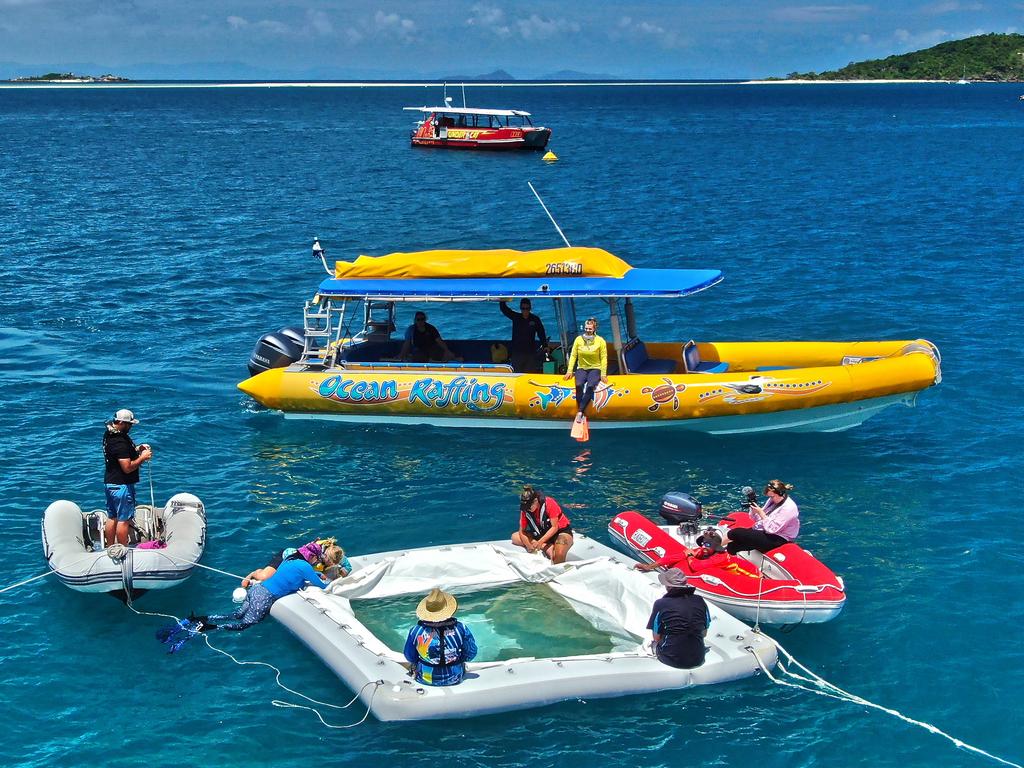
The government also advised that gillnet fishing was being phased out; from this month a maximum of 40 licences for gillnet fishing in the area will be issued (down from more than 80 previously), and the new licenses will expire in mid 2027.
Conservationists welcomed the ban on gillnets, because dugongs and other protected species were dying in the vertical mesh, but others warned of devastating consequences for the fishing industry.
Opposition Environment Spokesperson Jonno Duniam said Queensland fishing businesses had been unfairly targeted.
“One of the first things Tanya Plibersek and Anthony Albanese did in the Environment portfolio was bow to UNESCO’s wish to ban gill net fishing. They sold out our Queensland fishing communities with no serious consultation with the industry,” Mr Duniam said.

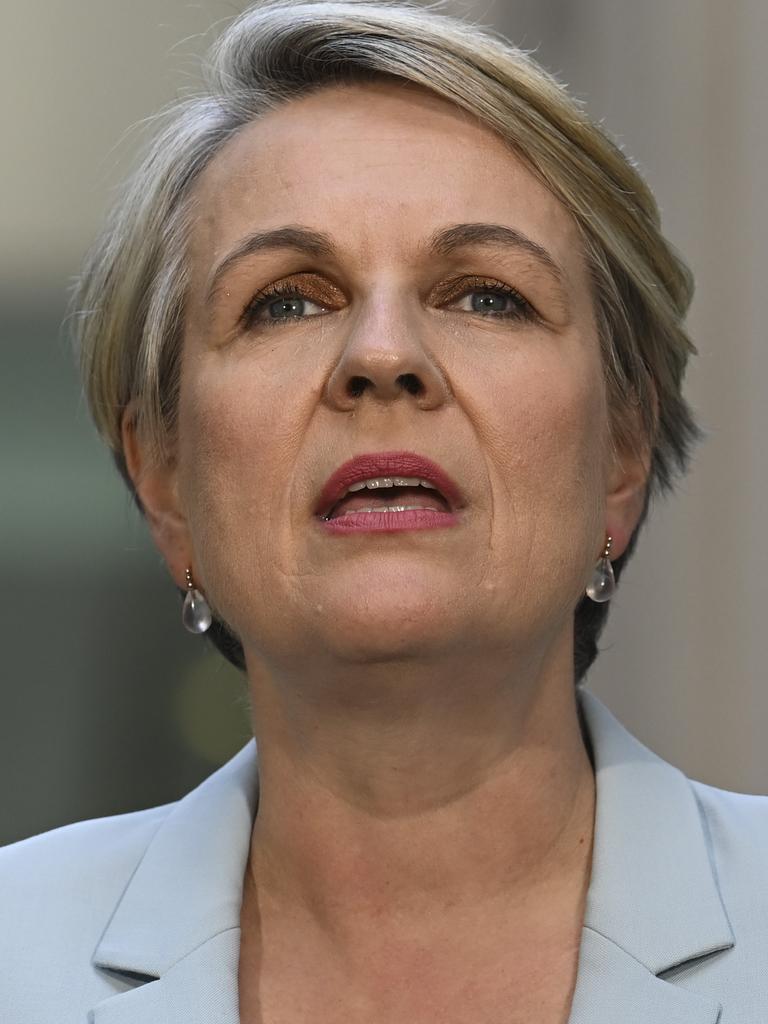
“This is a needless ban that has destroyed livelihoods and up-ended communities, all to appease UNESCO and try to appeal to Green voters in inner Sydney and Melbourne.”
The update report also mentioned some of the more unusual approaches scientists are trying to preserve the Reef, including experiments in “cloud brightening” and “local-scale fogging”.
These projects, funded by the Great Barrier Reef Foundation, are looking at whether it might be feasible to provide shade for coral reefs by artificially increasing the reflectiveness of clouds, or creating fogs to prevent sunlight reaching below the sea surface.
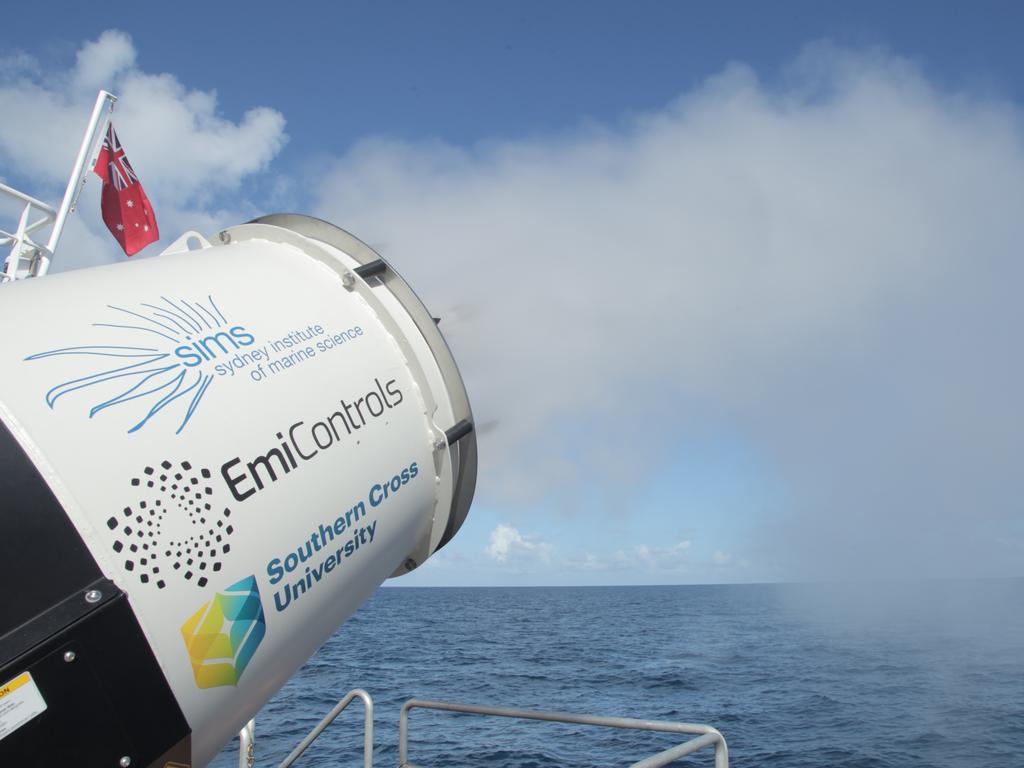
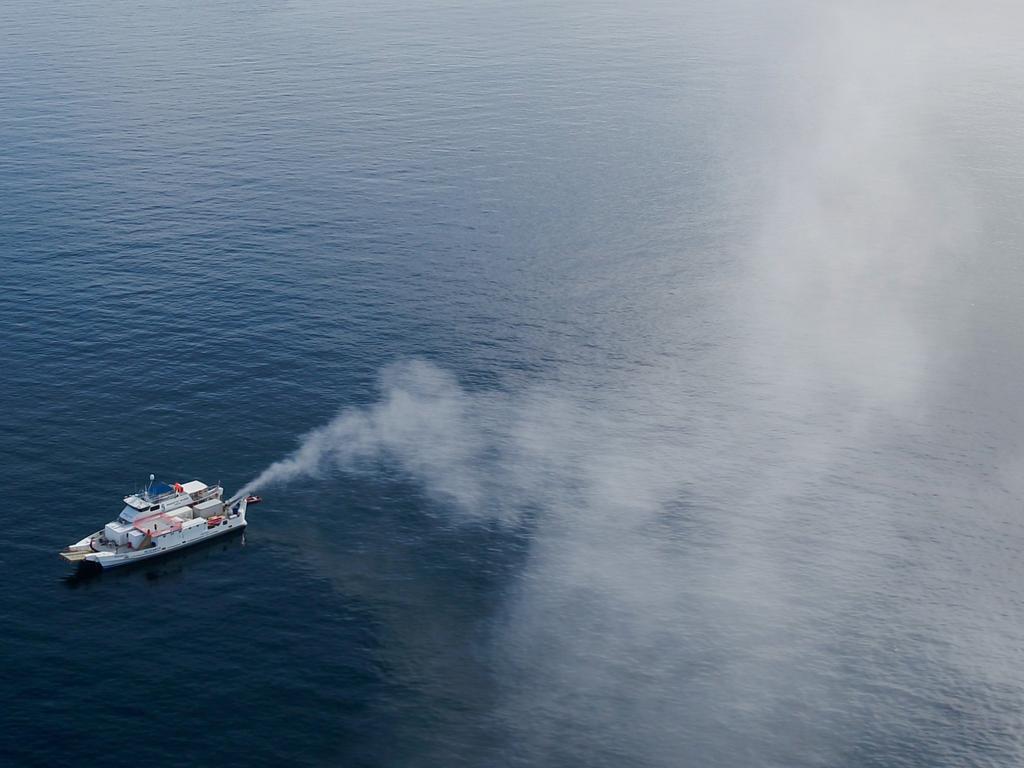
Another innovative project – known as “Coral IVF” is the manual collection of the slick formed by coral spawning, for use on reefs that need a boost.
The latest weekly report from the Great Barrier Reef Marine Park Authority suggests the widespread coral bleaching that had been feared over summer had not transpired – yet.
On January 25, the Authority said surveys of 227 reefs showed “most recorded none to minor coral bleaching, disease, and damage”.
But some reefs in the southern region were experiencing record outbreaks of the destructive crown-of-thorns starfish, and there were isolated outbreaks in the central region, the Authority warned.




